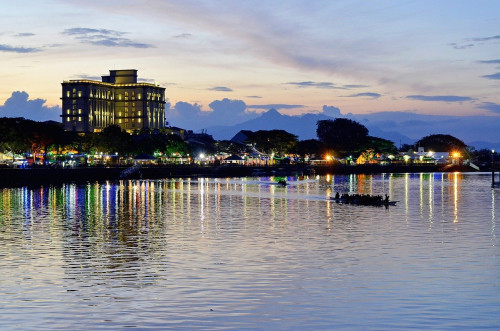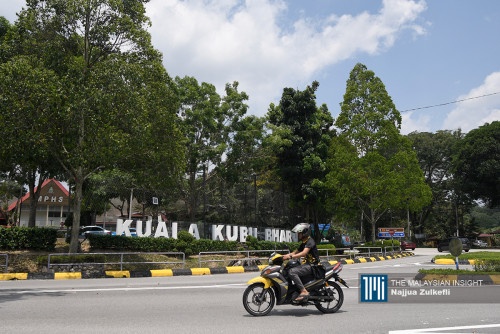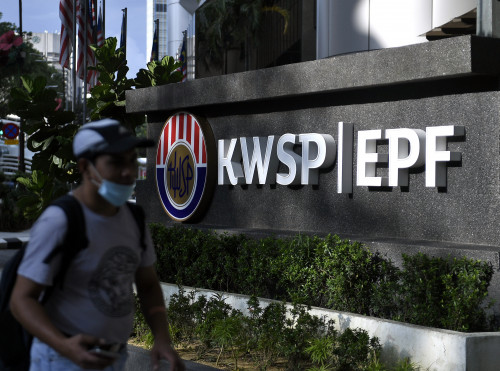TWO LATEST historical narratives on colonial Penang reveal interesting facets of its British pioneer Francis Light and how the state's traditional capital of George Town was initially a thriving fertile land for agriculture, including crops like padi and rubber.
As the economy evolved with the influx of a diverse range of migrants and the geopolitics surrounding Penang changed, both Light and the state underwent dramatic transformation.
The narratives are elucidated in two books launched about a month apart.
They illustrate life in colonial Penang, suggesting the foundations that led to the state as it is today – a thriving island and a mainland province that are filled with a rich history, an evolving economy, a relentless civil society, and intriguing politics.
They also capture Penang as one of the most vibrant places from late 18th century onwards when it was formally established as a British crown territory in 1786.
An artful diplomat
The first book is called ‘Emporium’. It is authored by Rose Gan, a British teacher of history, Latin and the classics, who has produced two other books about the enigmatic Light.
In this book, the impassioned author, who is married to a Malaysian, continues her tale of Light that was captured in her two previous chronicles – as a career sailor turned trader who is accepted as the pioneer of Britain’s foothold over Penang in the colonial era.
Towards the early 20th century, Penang was mostly led by its diverse migrants, including descendants of the original settlers – the Malays, Chinese and Indians, not to mention the early Eurasians.
At the initial stage, it was Light who captured the imagination of how progressive Penang was to become in Malaya as well as in the region.
Light's name is now all over the state from hotels to streets and schools.
There are adequate narratives and portraits to illustrate the person he became while leading Penang in the initial years before his untimely death at the age of 54 due to malaria.
He created the British settlement on the island in 1786 and eight years later, he was gone.
The author in a brief discourse about the book captures the impression that Light matured to become a trader and entrepreneur after years of dealing with the powers that be in the Siamese kingdom and the Kedah Malay sultanate.
"Light saw the potential that the island offered to the region, and he wanted to share it," Gan said.
Based on her research, Gan extols that Light was more of an artful diplomat, who not only had to wrest with the demands of the migrants flocking to the shores of Penang, but also fellow colonial officers who had a different interpretation of what Penang should be.
Gan opined that Light was a skilled diplomat, who navigated a highly tense geo-political scenario with the looming threat of Siamese forces against the backdrop of the Kedah sultanate, by most accounts among the world's oldest royal lineages.
From across the seas, he also needed to handle threats from the Dutch colonists and islanders hailing from Sumatera.
Due to a lack of historical data, Gan said that the claims that Light misled the Sultan of Kedah in seizing Penang cannot be readily clarified. But the artful diplomat that he was saw that his governance was relatively peaceful except when Kedah wanted to have the island back but its forces were repelled by the British.
Gan also disagrees with another notion that Light's female companion Martina Rozells was a Kedahan princess, saying that such a name is not seen in the Malay royal court.
"It would have to bear a Muslim name, but the Rozells name suggests more a Portuguese or perhaps a Eurasian. It is complex due to the lack of recorded archives," she said.
Gan instead wants her readers to comprehend how difficult it was to administer Penang, yet Light persisted.
His legacy is far flung as his son Colonel William Light went on to found Adelaide in south Australia fifty years after his father laid claim to Penang.
Hence, the book about Light has an elevated significance as the George Town and Adelaide city councils marked the 50th anniversary of their sister city status just last year.
Fertile agricultural land
Gan's contemporary is Marcus Langdon, an Australian who resides in Penang and has come to be involved in narrating many aspects of Penang's history.
Langdon recently launched a book, ‘Pastoral Port: An Agrarian History of Penang’ which vividly captures that the island was once home to a thriving agricultural base – something the majority of the islanders would not be aware of today.
Langdon gives an insight, often overlooked about George Town – that the township was on fertile land for farming, especially commercial crops such as rubber and padi.
From Chulia Street to where the present Dewan Sri Pinang are situated, farmers toiled and cultivated padi, he said.
Meanwhile, a debate ensued recently when local historian, botanist, and architect Datuk Seri Lim Chong Keat shared his desire to see more of the state's historical accounts highlighted, including the prospects of looking beyond the colonial era.
It invited a rebuke from the state government, who through its state exco for tourism Wong Hon Wai stressed that the state is in the midst of recovering ancient artefacts earlier than the colonial period.
The Penang Institute also issued a statement, noting that Lim offered an insight into what Penang can become if it takes the recording of history well.
Lim spoke at an institute seminar titled ‘Delving into Penang history: Casting light on Scott and Light, the brown Lights and the yellow Browns’.
Lim used his knowledge of early Penang to draw attention to how much remains unknown or unwritten, said the institute's executive director Datuk Dr Ooi Kee Beng.
For history to be written, the original sources need to be valued and preserved — and made accessible to any potential writer of Penang history.
This has sadly not been done, not by individuals in a position to do anything about it, not by libraries, not by scholars in high positions, not by non-governmental organisations and not by the major authorities involved, said Ooi.
He urged for a social movement of people to record and make accessible all aspects of the state's history, which is made easier now in the digital age. – The Vibes, February 13, 2024



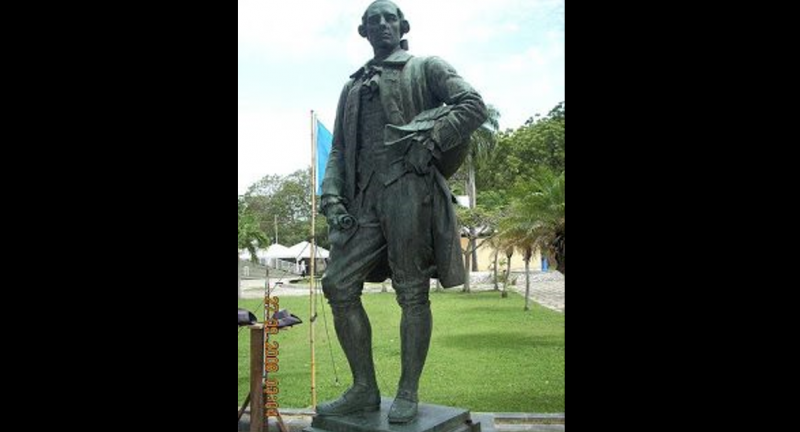

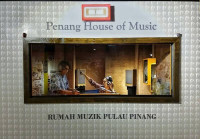
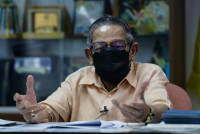







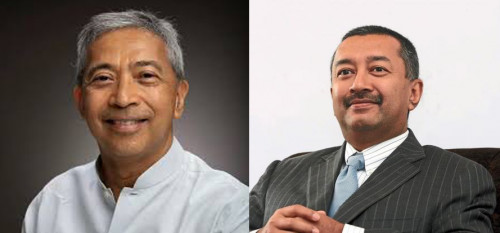

.jpg)
